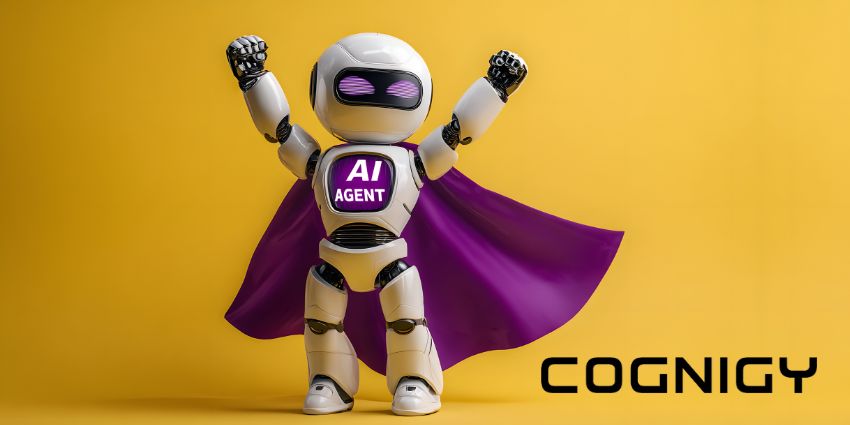AI must make customers’ lives easier, not harder. However, new Zendesk research suggests that this is often not the case.
In its 2022 CX Trends report, the vendor reveals that three in every five customers (60 percent) suffer from frequent disappointment when dealing with chatbots.
Much of this seemingly stems from the inaccurate information that many solutions surface for consumers. Indeed, 55 percent of EMEA customers report this as a significant issue.
Yet, perhaps this is only the tip of the iceberg. The following statistics dig deeper into the underwhelming impact that half-baked conversational AI projects are having on CX:
- 50 percent of consumers believe it takes too many questions for the bot to recognize it can’t answer their issue.
- 46 percent of consumers say it is most frustrating when they have to start a conversation all over again with a human agent.
- 44 percent of consumers get frustrated that they cannot choose between a human and a bot at the start of a service experience.
The final issue relates to contact center routing and forcing customers down an automated path in a desperate attempt to save resources.
Yet, if the desire and staffing is there, this issue is relatively straightforward to rectify. As is the second in the list, with most prominent vendors now offering embedded escalation pathways to a human agent. These transfer the transcripts of failed bot conversations to the rep, allowing them to pick up from where the conversation left off.
By missing out on such solutions, it seems that many brands are struggling to review and update their chatbots continually. Such an issue is alarming as chatbots are not a set and forget technology.
Of course, some harness sophisticated machine learning models. However, value-add features are coming to the fore, and, perhaps more pertinently, business processes change all the time. Without updates, companies may send inaccurate information to customers – a common problem pinpointed previously.
As such, it seems that contact centers may need to rethink how they monitor and enhance their conversational AI solutions, alongside readjusting the balance between bots and humans.
Zendesk is increasing its client support in these areas – especially the latter. As Matthias Goehlar, Chief Technology Officer EMEA at Zendesk, recently told CX Today:
We don’t believe that automation should reach the level of 100 percent. There is a reason and a need for human interaction. But, there should be a good degree of automation to make agents more effective and deflect the number of customer requests properly.
Finding this balance is critical as chatbots are about much more than efficiency gains. Providing instant answers across multiple channels, they have incredible potential for improving CX.
Customers recognize this. Indeed, 65 percent expect AI to save them time. Meanwhile, 64 percent also believe that the technology will prevent them from having to repeat themselves.
As such, there is cause for optimism, while it is also worth noting that 13 percent more customers are willing to self-service for simple issues – via chatbots – than last year.
Of course, previous statistics show there is a long road ahead. But, bot frameworks will advance, ecosystems will expand to feed bots with better data, and CX teams will become more skilled in conversational design.
Now, it is down to businesses to turn the conversational AI ship around.
Follow the link to check out our video interview with Peter Lorant, Chief Operating Officer EMEA at Zendesk, looking back on some of the biggest CX trends from last year.







